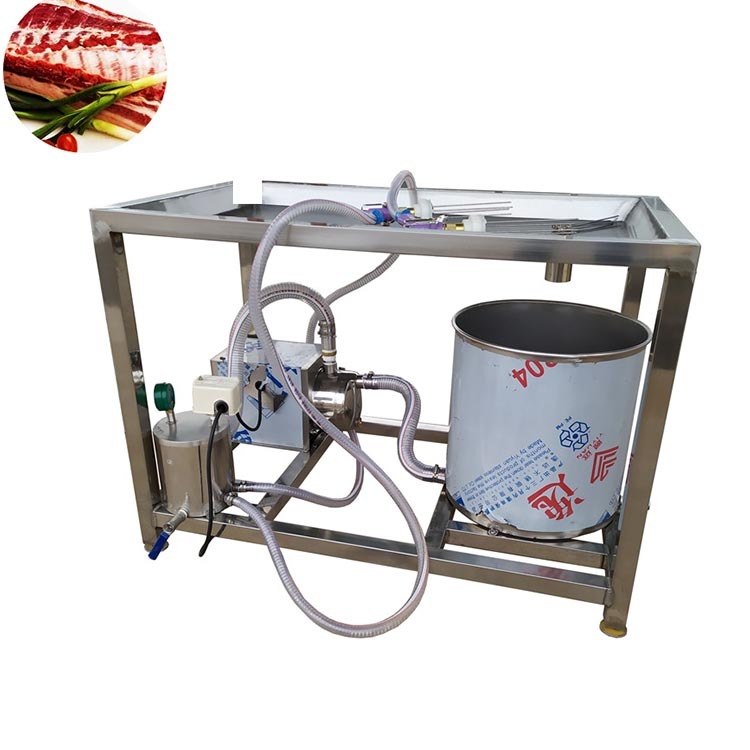10 years of experience as a food machinery equipment manufacturer
10 years of experience as a food machinery equipment manufacturer
In the realm of commercial food processing and preparation, precision and efficiency are paramount. One critical area where these factors are crucial is in the saline injection of meat and poultry products. The commercial mechanical saline injection machine has emerged as a pivotal tool for achieving consistent and high-quality results in this process.

Saline injection, also known as brine injection, involves introducing a solution of salt, water, and sometimes other additives directly into meat or poultry. This process serves several key purposes:
Commercial mechanical saline injection machines are designed to automate and optimize the saline injection process. These machines typically consist of several key components:
The adoption of commercial mechanical saline injection machines offers numerous benefits to food processing businesses:
When selecting a commercial mechanical saline injection machine, businesses should consider the following factors:
Modern commercial mechanical saline injection machines are incorporating advanced technologies to further enhance their performance and capabilities. These include:
The commercial mechanical saline injection machine plays a vital role in modern meat and poultry processing. By automating and optimizing the saline injection process, these machines offer significant benefits in terms of efficiency, accuracy, hygiene, and product quality. As technology continues to advance, we can expect to see even more sophisticated and versatile saline injection machines emerge, further enhancing the capabilities of the food processing industry. Businesses looking to improve their operations and deliver consistently high-quality products should carefully consider the advantages offered by these advanced machines.
